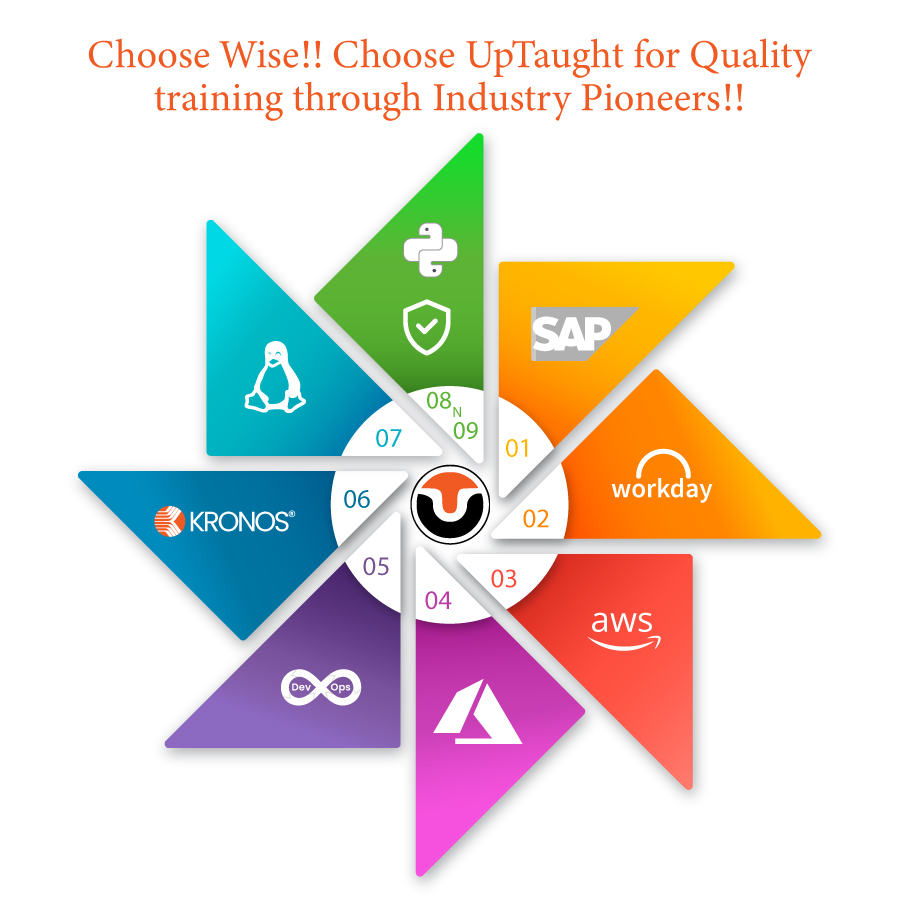Human Capital Management technology is now familiar to the majority of HR professionals. Human resources will be able to streamline numerous HR operations by picking the appropriate HCM technology, saving time and money for the firm. With today’s corporate climate, regulations, and technology, the employer must not only pay remuneration to employees but also handle all of the employee’s information and keep a record of everything related to them. To carry out this action effectively, the company must deploy specialized software that assists the employer in performing numerous tasks. Most firms are currently looking for cloud-based Human Capital Management technology that provides all of the features they want to manage their personnel.
There are numerous advantages to using cloud-based HCM systems in your company. Some of the advantages include providing protection for employee data, making it easier to track employee life cycles, improving employee loyalty, and receiving regular hardware and software upgrades, among others. After everything is said and done, the two most popular HCM solutions employed by most businesses are SAP SuccessFactors and Workday HCM. They offer a comprehensive range of HR services to businesses of all sizes. Recruiting, learning and development, remuneration, payroll, and talent management are all common features. This post presents a comparison of the two HCM software on the basis of numerous characteristics, which assist businesses in making the best decision on software acquisition.
Table of Contents
Product Overview
The Workday was founded in 2005 by Dave Duffield and Aneel Bhusri. Workday HCM software is primarily designed for medium to large businesses with a global workforce to effectively manage their workforce. It’s a natural-feeling cloud-based software solution that combines HR and finance-related data and features.
In 2011, SAP released SAP SuccessFactors, a cloud-based human capital management software. It provides versatile core HR features, such as Employee Central, Employee Central Payroll, and Employee Central Service Center, to manage various HR activities. SAP SuccessFactors includes HR modules like learning & development, recruitment, and payroll.
Functions
Recruiting, talent management, learning, time and attendance management, workforce planning, payroll, benefits, and compensation are just a few of the functions offered by Workday HCM. It is feasible to change the business workforce requirements using Workday HCM. It also includes workforce planning tools for businesses to analyze their employees, such as labor costs.
It also offers cross-site arrangements such as enclosure and variety, health and wellbeing, and whole workforce management, all of which assist businesses to improve employee engagement.
Workday’s onboarding feature is integrated with performance management and succession-planning features talent management set, to carry out various functions. SAP SuccessFactors offers a dedicated onboarding module, SAP SuccessFactors’ onboarding feature is integrated with performance management and succession-planning features talent management set, to carry out various functions.
Click here to know more
Customer Assistance Services
Workday offers exceptional support and a customer success management program to clients that prefer to work with a dedicated customer manager. Clients collaborate with this dedicated manager to develop a long-term policy and get the benefits of using Workday software on a regular basis. The service entails a regular evaluation of Workday practices, approval of additional training, and assurance that clients should receive proper support for troubleshooting issues.
Clients can talk to the support team directly about any queries or issues they have about using Workday. Not only that, but users can also use the online Workday Customer Center to submit a request for help. The customer will receive a case number, an approval email, and status updates once the request is submitted. The generated request is then forwarded to the appropriate customer support professional, who will handle it and attempt to resolve the difficulties.
Aside from this, the Workday community makes additional resources available to users, including product documentation, information on the latest features, and the ability to connect with other customers.
Similarly, the SAP enterprise provision set includes a diverse number of customer services. In the customer community, customers can communicate and share their ideas about difficulties relating to general HR themes or software. Customers can also use the help portal to browse articles, watch videos, and make support requests. Not only that, but consumers may also communicate with the support team via live chat and attend webinars to learn more about SuccessFactors.
Clients who want to collaborate with a dedicated support manager to handle any difficulties or inquiries can use the SAP chosen Care option. For ever-increasing support difficulties, it provides best practices and mission-critical support. The support managers are also in charge of assisting customers in scaling up or down the solution and navigating through the latest product updates.
Both SAP SuccessFactors and Workday offer the same level of customer service, priority assistance, and a dedicated support manager to their customers. Clients of SAP SuccessFactors have the option of contacting assistance via live chat, something Workday does not offer.
Training and Implementation
Workday’s distribution strategy relies on a partner network for training and implementation. It features a five-step deployment technique that is fairly generic. They’re as follows:
- Project plan evaluation
- Evaluation of the integration strategy
- Configuration prototype evaluation
- Test re-examination
- Finally, check the setup.
Each procedure is carried out in accordance with the client’s specific needs. For about 85 percent of its clients, the workday completes the new software deployment within a year; nevertheless, implementation timetables may vary from company to company. Workday offers a variety of training options, including on-demand training, classroom training, virtual classroom training, and self-service online training. It also includes a toolkit for acceptance, which includes career assistance, videos, and marketing materials. SAP SuccessFactors, on the other hand, provides a comprehensive set of implementation services. These services include bundled implementation strategies for businesses that require a completely customized solution. The SuccessFactors advisory Services team meets with the client to obtain their unique requirements so that best practices for SuccessFactors deployment may be planned. Clients can integrate SuccessFactors with either the SAP product or current client applications with the support of the SuccessFactors integration delivery team. The training curriculum is provided by SAP Education. It offers instructor-led specialized certification programs for several SuccessFactors modules.
It also provides a subscription-based service called SAP Learning Hub to its users, allowing them to access training materials for its products from anywhere at any time.
Although SuccessFactors and Workday have a general implementation method, the dates and phases are determined by the client’s specific needs. The sole difference between these two companies is that Workday uses a partner network to implement its software, whereas SAP relies on its own resources.
Limitations
While Workday and SAP SuccessFactors are excellent HR software, they are not without flaws.
Because Workday is enterprise-level software, it is not suitable for small enterprises (those with less than 100 employees). Furthermore, the Workday interface is not always intuitive to use; for example, many activities, such as report generation, require longer to complete.
With the help of various client reports, it has been discovered that SAP SuccessFactors can be difficult to learn and utilize. Furthermore, customer care support might be delayed at times; for example, resolving a basic ticket could take one or two weeks.
There is a common restriction between the two software: users must understand the interface and desire to conduct tasks with fewer clicks. It’s critical to inquire about the user’s preferences so that you can quickly learn about the positive and negative experiences that people have had while using the software.
Want to know more about SAP SuccessFactors? Click here
Conclusion
The Workday and SAP SuccessFactors human resource management systems, training, and customer support offerings are quite comparable. In comparison to SAP SuccessFactors, Workday HCM software is simple to use, understand, and set up, is very user-friendly, and can meet customer requirements efficiently.
Workday HCM software is now used by the majority of businesses to manage their workforce performance goals and services. Clients who are deciding between these two software options must first determine their business objectives and requirements. Workday and SuccessFactors HCM software both offer full-service talent management choices; which one to choose depends on the size of the company. If combining financial and talent management is required, the workday is advised; otherwise, firms can choose SuccessFactors. The company can acquire the software of their choosing after the features and precise price is understood.
That’s all for today. If you want to connect with us for more information, please visit our website.
Thanks for reading!





